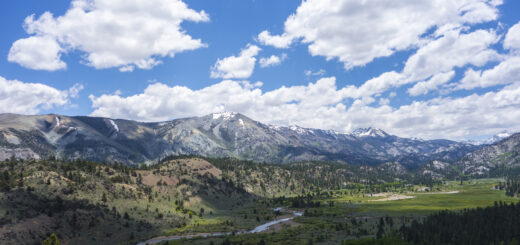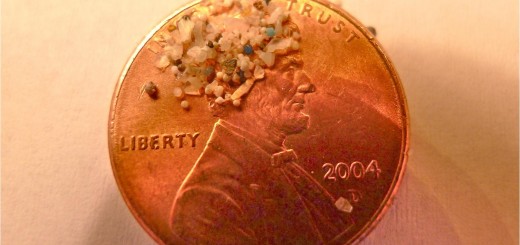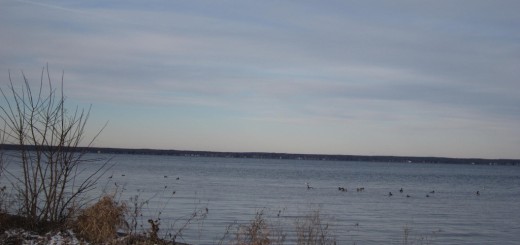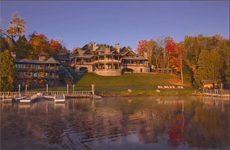Bioblitz At Onondaga Lake Records 447 Species
0To document some of the benefits of recent restoration work at Onondaga Lake, faculty at the State University of New York’s College of Environmental Science & Forestry held a bioblitz, according to a release from the school. The event coincided with the inauguration of a new president for the college.
A bioblitz typically involves counting as many species as possible in a given area over a short amount of time, usually 24 hours. Results of the blitz at Onondaga Lake, completed in mid-September, have already been useful for education but will also be applied in future management decisions.

Onondaga Lake with Syracuse skyline in the background. (Credit: Wikimedia Commons User Hotshotfox via Creative Commons)
“In the last several years, Onondaga Lake has undergone perhaps the most significant restoration effort of any lake in the country,” said Quentin Wheeler, the college’s newly inaugurated president, in a release. “Its recovery is an example of how an ecosystem can recover from degradation.” The bioblitz, he says, helped scientists to learn more about Onondaga’s current state so that they can chart its future.
Teachers and students from the school as well as members of the public assisted in the effort that found 447 species of plants, animals and fungi. Officials expect there would’ve been more identified if temperatures had been warmer. With cool air dipping into 40 degrees Fahrenheit, some insects and bats stayed hidden.

The Onondaga Lake Bioblitz was held Sept. 12 – 13. (Credit: SUNY College of Environmental Science & Forestry)
Creatures were logged using the iNaturalist platform, and the Onondaga Lake project shows they included hundreds of species of plankton, fish, birds, insects and snails. Nearly 1,000 observations were tabulated by 37 participants.
The event did yield some misses, with lake sturgeon making no appearances. And scientists report that 28 percent of the species counted were non-native ones, including eurasian water-milfoil and water chestnut.













